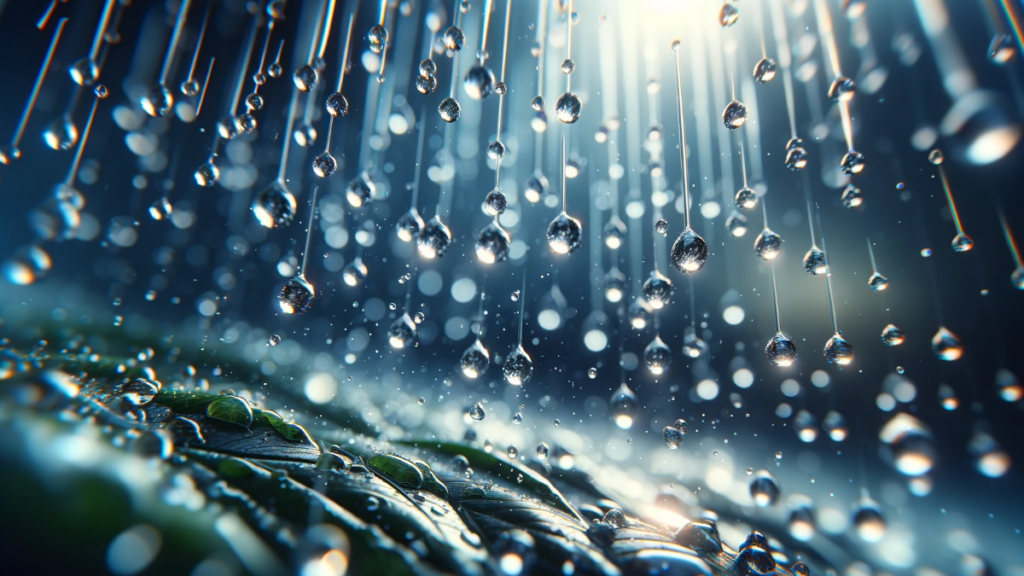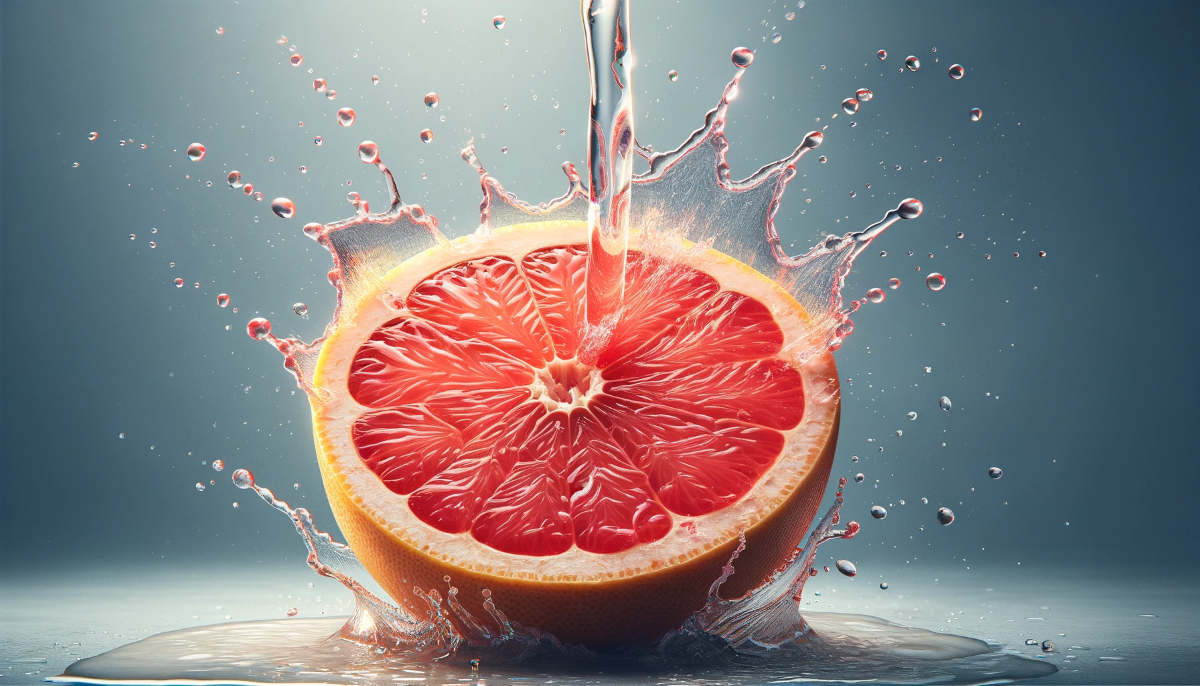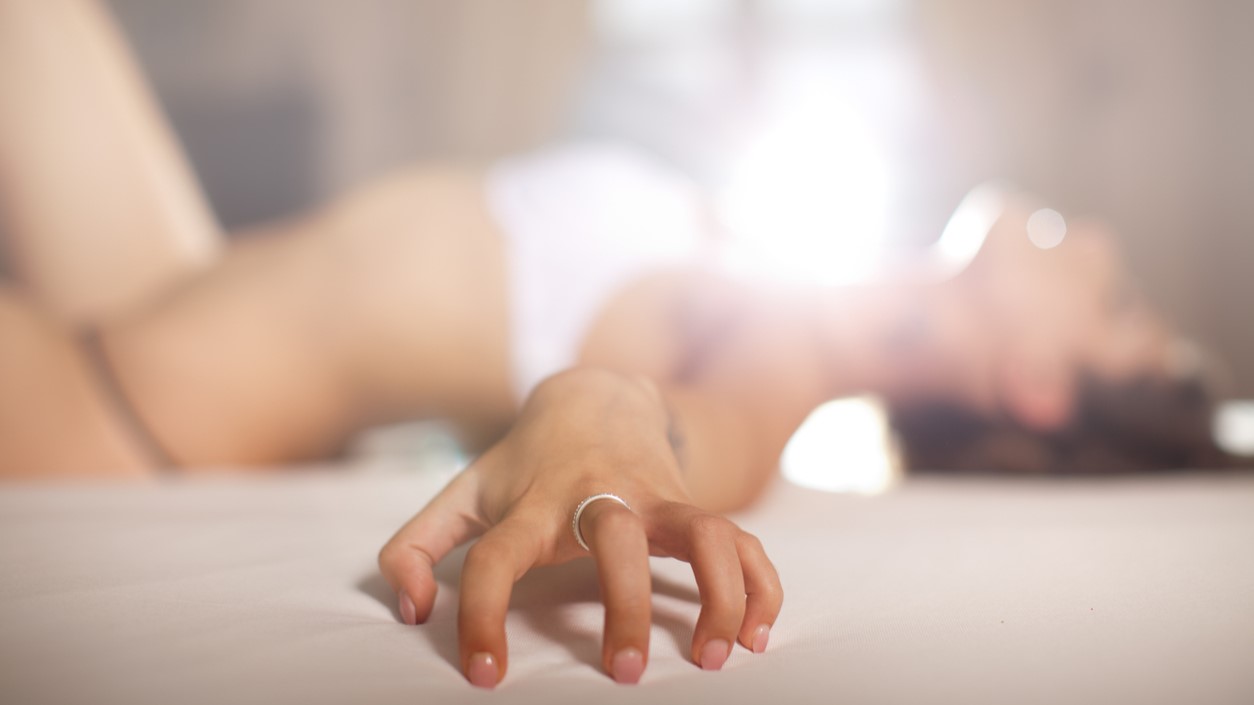If you’re confused about what “squirting” is, you are not alone. Despite its prevalence, there are still some misguided folks who debate whether vaginal squirting is even real.
Combined with its depiction in pornography, misunderstandings, taboos, and shame have historically discouraged scientific investigation of this natural bodily function.
To tackle this knowledge gap, researchers turned to online survey data from the second OMGYES Pleasure Report (2018).
What is vaginal squirting?
Vaginal squirting is defined as a large gush of liquid expelled by women during sexual activity.
Most often, vaginal squirting and female ejaculation are confused as the same due to inconsistent language. However, the last 10 years of research show that they are, in fact, two distinct phenomena.

“Prior to a decade ago, one of the challenges was most of the literature was clinically based, meaning people would use super small sample sizes and may not have known enough to actually make the differentiation,” said Devon J. Hensel, Ph.D., an Associate Research Professor of Pediatrics at Indiana University School of Medicine and an Associate Professor of Sociology at Indiana University and Purdue University Indianapolis.
Both vaginal squirting and female ejaculation share similar traits.
They typically occur toward the end of a sexual encounter and in response to various types of stimulation, such as penile-vaginal intercourse, manual genital touch, or the use of sex toys. They sometimes also coincide with orgasm and have the potential to provide women with a sense of sexual satisfaction and pleasure.
However, they differ in volume, color, and consistency.
“Female ejaculate almost looks like fat-free milk, sort of cloudy and milky,” added Dr. Hensel.
Female ejaculation also occurs in much smaller quantities: a couple of millilitres to a teaspoon. Vaginal squirting, on the other hand, is often described as a “gush or dump of liquid” that is much thinner and clearer in consistency. One study found the median volume expelled when squirting is 60 ml (about 4 tablespoons).
Still, according to Dr. Hensel, “the biological mechanism is not necessarily known.”
A landmark study
As a research consultant for OMGYES, an adult sex education platform focusing on women’s pleasure, Dr. Hensel helped devise the first study of its kind.
Until now, no existing research on squirting in the United States has used a nationally representative sample. The current study sample of 4,270 women allowed researchers to draw conclusions about squirting on a broader scale.
The demographics of the women surveyed:
- Age ranged from 18 to 93 years, with an average of 48 years.
- Over 91% identified as heterosexual.
- Approximately 78% were in a relationship, either married or dating.
- About 22% were single at the time of the survey.
In terms of racial identity:
- 63.8% identified as White.
- 12.4% identified as Black.
- 15.5% identified as Hispanic.
- 6.8% identified as “Other Race non-Hispanics.”
- 1.4% identified with more than two races, non-Hispanic.
Researchers sought to answer various questions about vaginal squirting, such as how common and pleasurable it is, whether squirting happens during orgasms or how women first discover it, as well as the techniques they use and challenges they face when it comes to squirting.
“One of the primary reasons why we do research like this is so that people can see themselves in the study,” said Dr. Hensel.
Published in The Journal of Sex Research in August 2023, their findings pave the way for future studies poised to normalize and deepen our understanding of squirting.
Debunking myths

A major contribution of the study is how it shows a wide range of experiences related to vaginal squirting, explained lead researcher Dr. Devon J. Hensel.
Shining a light on the diverse results helps dispel myths.
“The most common cultural model that people see is the one that’s offered in pornography where women are engaged in vigorous penile-vaginal penetration. You start hearing them provide signs that they’re enjoying sex a whole lot, they orgasm and often are portrayed squirting at the same time,” said Dr. Hensel.
“If you see that in multiple sexually explicit movies, you might think that’s the only way that it happens.”
What the study revealed:
- About 40% of women have experienced squirting in their lifetime, with the majority reporting a frequency ranging from three to five occurrences.
- 75% said they used specific techniques to initiate and control squirting, dispelling any notion of complete spontaneity.
- 60% of the women in the study said they found squirting very or somewhat pleasurable.
- Only 20% reported that it always occurred simultaneously with orgasm.
First squirting experiences:
- Two-thirds said they discovered squirting accidentally during solo or partnered sexual exploration, while 11% were purposefully trying to squirt.
- 24 years old was the median age women reported first squirting.
How does squirting happen?
“We know that some of the things that get people’s bodies ready may not necessarily be the mechanism they need to release the fluid,” said Dr. Hensel.
“This article just scratched the surface of what we think the strategies people use to both build up to and then release the squirt.”
Most women (75%) said squirting was not spontaneous, and they carried out different techniques in the two-part process.
To build up to vaginal squirting, nearly 20% said they used harder or more intense touch and about 17% cited more general prepping and warming up. Over 16% relied on pressure inside the vaginal wall, while about 15% needed clitoral stimulation alone. Only about 13% combined both internal and external pressure.
To release fluid, 40% said they did not rely on any specific technique. For those who did, about a fifth said they released tensed muscles to squirt. About 21% needed a burst of speed or pressure, 15% relied on consistent movement, and about 13% cited bearing down. Just 10% reported removing a sex toy, penis, or finger from the vaginal area before squirting, while 5% cited other factors.
“There’s so much person-to-person variability. It’s really about experimenting and figuring out what works for your body and what might help get you there and then help you release the fluid,” said Dr. Hensel.
Squirting challenges

Women shared various worries and challenges related to squirting.
The most common concerns revolved around cleanliness, with many women fearing they might be peeing (41.8%) or making a mess (28.3%). Some also worried about a loss of control over their bodies (16.6%) or that something might be wrong with how their bodies work (13.0%).
For a few, it came down to time—either needing a lot of patience from themselves (7.3%) or their partner (10.3%). The fewest participants expressed concerns about the emotional intensity (6.4%) or any physical discomfort (5.3) associated with squirting.
No, squirting isn’t pee
“There are some similarities in the makeup of the fluid, but it’s definitely not pee,” said Dr. Hensel.
“Squirt fluid and urine are both released from the body through the urethra, which is why most people confuse the two—but they originate in different places.”
While urine comes from the bladder, squirt fluid is believed to originate in the Skene’s glands, which is responsible for making the fluid that helps lubricate the vagina during sex.
Squirting is also often mistaken as pee due to a lack of good information and since they both involve a larger release of liquid.
“A good way to tell the difference in your own body is color or smell—squirt fluid is typically colorless and odorless, while urine often has a strong identifiable smell and is usually yellow,” adds Dr. Hensel.
Next steps
By shedding light on squirting, this study provides a foundation for people to better understand their unique desires and experiences. It also sets the stage for better communication with partners that may extend to advocating for one’s own sexual pleasure.
“The importance of research like this is the ability for me, for you, for my mom, for my cousins, for my sisters, and my nieces to see themselves in a wide cross section of people. When people can see themselves, it feels more comfortable, it feels more familiar.”
It also serves as a catalyst for more open and informed research on a subject that has, for too long, remained shrouded in misconceptions.
According to Dr. Hensel, future scientific work may want to explore the techniques for buildup and release, as well as examine how desire, arousal, and relationship intimacy might influence squirting experiences.
“All of these pieces of information can be important to supporting and developing a stronger sense of positive sexuality as you move through the different sexual experiences that you have.”
Featured Image Source: AI-generated with DALL-E



